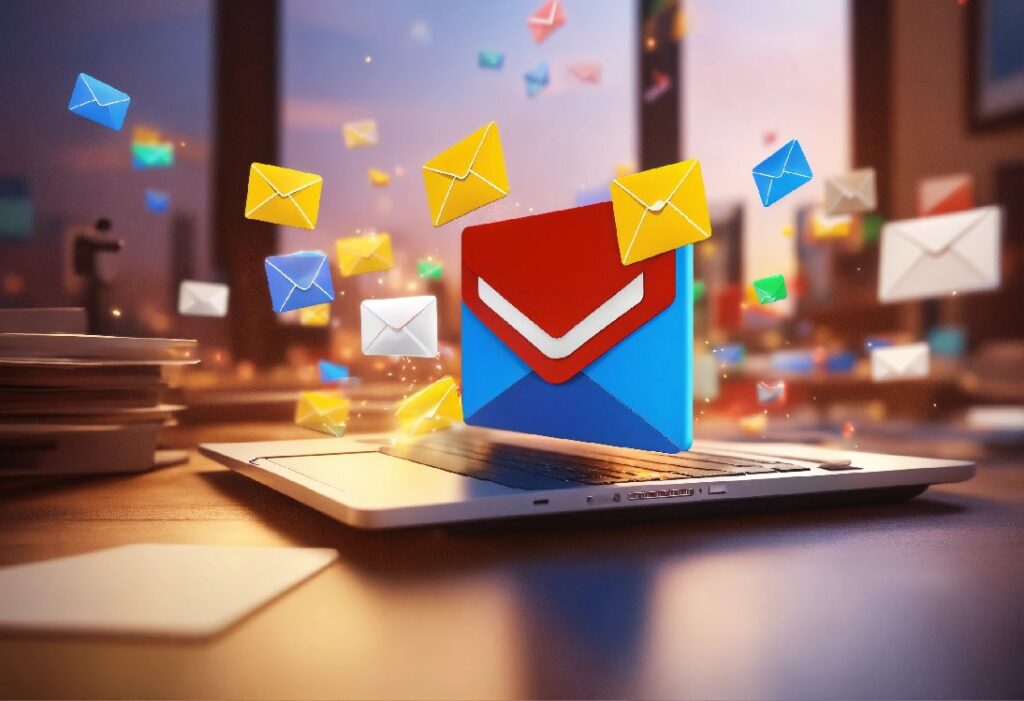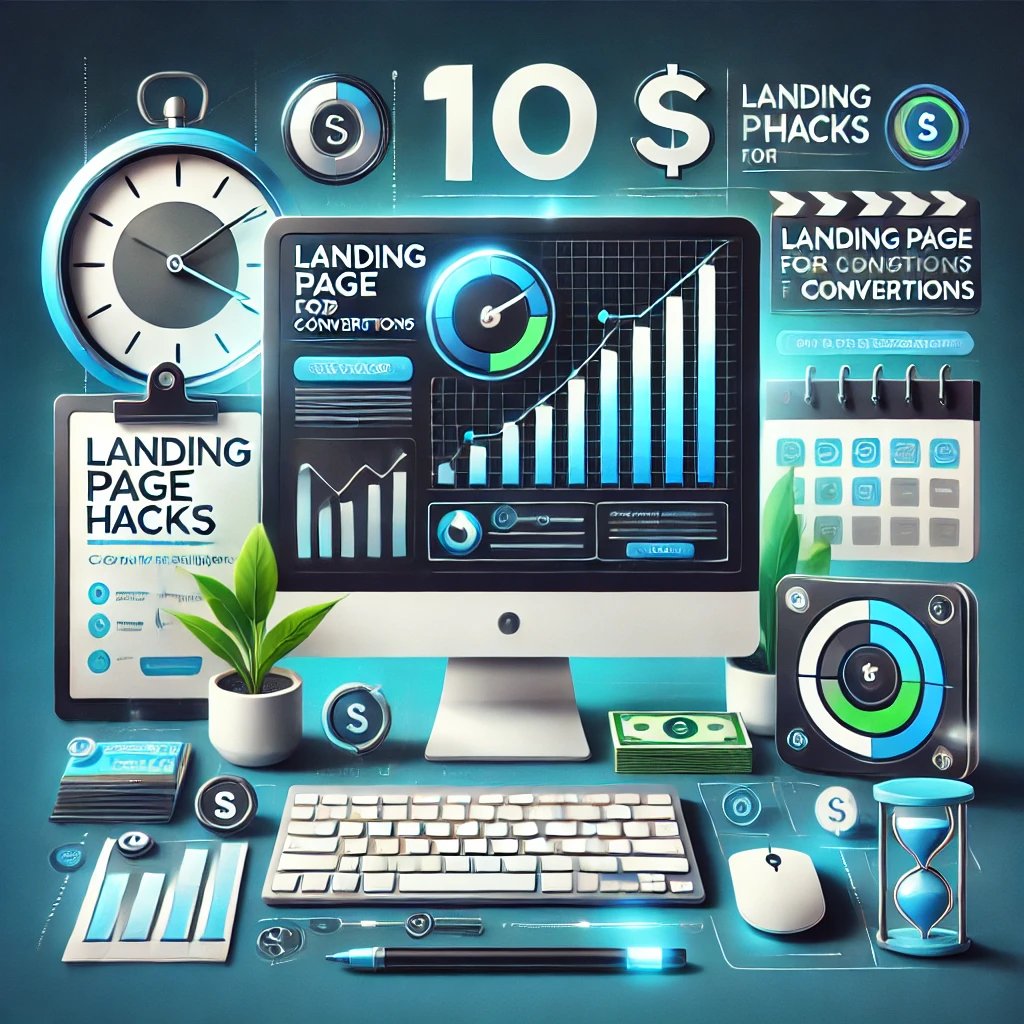The Simple Strategy to Get More Leads & Sales on Autopilot
80% of leads never convert into sales. Businesses often struggle to maintain a steady flow of leads and close deals consistently. Common challenges include ineffective targeting, poor messaging, and lack of automation. The good news? There is a simple strategy that can transform your lead generation and sales process into an automated system that works for you 24/7.
By leveraging a well-defined strategy that includes identifying your ideal audience, optimizing landing pages, automating lead nurturing, and tracking results, you can create a lead generation system that runs on autopilot and scales effortlessly.

Step 1: Defining Your Ideal Customer Profile (ICP)
Understanding Your Target Audience
Defining your Ideal Customer Profile (ICP) is the foundation of effective marketing. A clear ICP helps you focus your efforts on attracting high-quality leads that are more likely to convert into paying customers. 🎯
Identifying Key Demographics and Psychographics
To refine your ICP, gather critical demographic and psychographic data:
- Age 📅 – What age group does your ideal customer fall into?
- Location 📍 – Are they local, national, or international?
- Income 💰 – What is their purchasing power?
- Interests 🎨 – What are their hobbies and preferences?
- Pain points 😩 – What challenges do they face that your product/service solves?
Creating Buyer Personas
A buyer persona is a detailed representation of your ideal customer. Creating buyer personas ensures your marketing messages are personalized and resonate with your audience. Utilize these tools to build detailed personas:
- HubSpot’s Make My Persona 🛠️
- Xtensio 📊
Include key aspects such as customer motivations, goals, pain points, preferred communication channels, and objections they might have before purchasing.
Step 2: Building a High-Converting Landing Page
Crafting Compelling Headlines and Copy
Your landing page should immediately capture attention and drive action. Here’s how:
- Use strong, benefit-driven headlines.
- Keep your messaging concise and persuasive.
- Include clear, action-oriented CTAs like:
- “Download Your Free Guide Now!” 📖
- “Sign Up for Our Exclusive Webinar!” 🎤
- “Start Your Free Trial Today!” 🛠️
Optimizing for Conversions
A landing page that converts well follows UX best practices: ✅ Short, simple forms – Only ask for necessary details. ✅ High-quality visuals 📸 – Use engaging images and videos. ✅ Fast loading speeds ⚡ – A slow page loses leads. ✅ Social proof & testimonials 🌟 – Show success stories to build trust.
Integrating Lead Magnets
Lead magnets encourage visitors to provide their contact information. High-converting lead magnets include:
- Checklists & cheat sheets 📝
- Exclusive reports & whitepapers 📑
- Case studies & success stories 📊
- Webinars & free courses 🎓
Step 3: Leveraging Automated Email Marketing

Setting Up Automated Email Sequences
An automated email sequence nurtures leads by delivering value over time. Steps to create effective sequences:
- Welcome emails – Introduce your brand & set expectations.
- Educational emails – Share insights & helpful content.
- Engagement emails – Ask questions & encourage replies.
- Conversion emails – Offer incentives & drive action.
Segmenting Your Email List
Segmenting helps send personalized messages that improve engagement rates. Common segmentation criteria:
- New subscribers 🆕 – Welcome & onboard them.
- Engaged leads 🔥 – Send targeted offers.
- Inactive leads ⏳ – Re-engage with special deals.
- Past customers 🛍️ – Upsell or provide exclusive content.
Tracking & Optimizing Email Performance
Analyze these email marketing metrics: 📈 Open rate – Are your subject lines compelling? 📈 Click-through rate – Is your content engaging? 📈 Conversion rate – Are your CTAs effective? 📈 Unsubscribe rate – Are you overwhelming your list?
Use A/B testing to optimize email subject lines, CTAs, and content for better results.
Step 4: Harnessing the Power of Social Media Automation
Scheduling Content with Social Media Tools
Consistent posting boosts engagement. Use scheduling tools like:
- Buffer 📅 – Schedule and analyze posts.
- Hootsuite 🔄 – Manage multiple platforms.
- Later 📸 – Perfect for visual content.
Utilizing Social Media Advertising
Boost lead generation with paid ads on platforms like:
- Facebook & Instagram Ads 📱 – Target precise audiences.
- LinkedIn Ads 🏢 – Ideal for B2B marketing.
- YouTube Ads 🎬 – Showcase video content.
Engaging & Building a Community
Building a loyal audience requires more than just posting content—it’s about fostering meaningful interactions. Here’s how:
💬 Engage in Conversations – Respond to comments and DMs promptly. Show your audience that you care about their thoughts and feedback.
👥 Leverage Groups & Communities – Join and participate in relevant Facebook and LinkedIn groups where your target audience hangs out. Provide valuable insights rather than overtly selling.
📢 Encourage User-Generated Content – Run contests, ask for testimonials, and showcase user-submitted content. This builds trust and encourages more participation.
🎤 Host Live Sessions & Q&A – Go live on Instagram, Facebook, or LinkedIn to answer questions, share behind-the-scenes insights, or provide quick training.
📊 Use Polls & Surveys – Engage your audience with interactive polls and surveys on Instagram Stories, LinkedIn, and Twitter. This also gives you valuable insights into their preferences.
🎁 Offer Exclusive Content – Reward your most engaged followers with special content, early access, or discounts. This keeps them interested and more likely to share your brand.
📆 Create a Content Calendar – Plan your posts in advance to maintain consistency and ensure you’re covering diverse topics that keep your audience engaged.
🔄 Repurpose High-Performing Content – If a post performed well, turn it into a video, infographic, or blog post. Keep your content fresh without reinventing the wheel.
Step 5: Monitoring, Analyzing, and Optimizing Your Strategy

Setting Up Analytics Tracking
Track key performance indicators (KPIs):
- Website traffic 🚦 – Where are visitors coming from?
- Lead generation rate 📊 – Are your strategies working?
- Conversion rates 💵 – How many leads turn into customers?
Analyzing Data to Improve Results
- Spot drop-off points – Are leads abandoning your funnel at a certain stage?
- Evaluate lead sources – Which channels drive the best leads?
- Optimize campaigns – Adjust based on insights.
Continuous Optimization & Scaling
Success comes from testing, analyzing, and refining strategies over time:
- Test different lead magnets.
- Experiment with ad creatives & targeting.
- Try new email sequences.
- Monitor industry trends.



